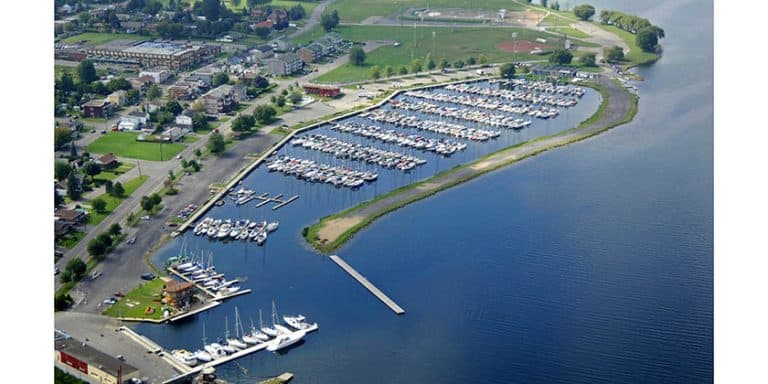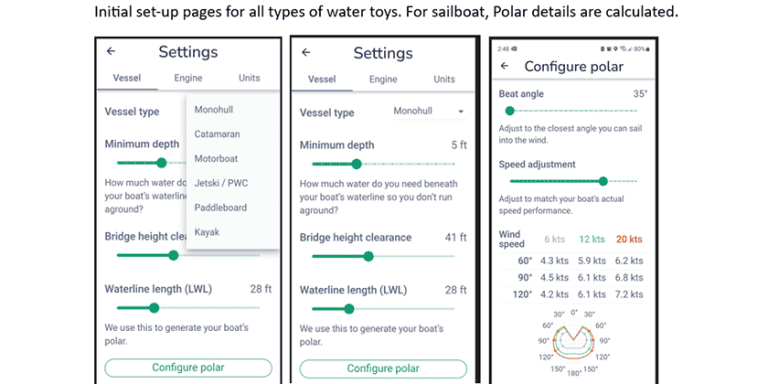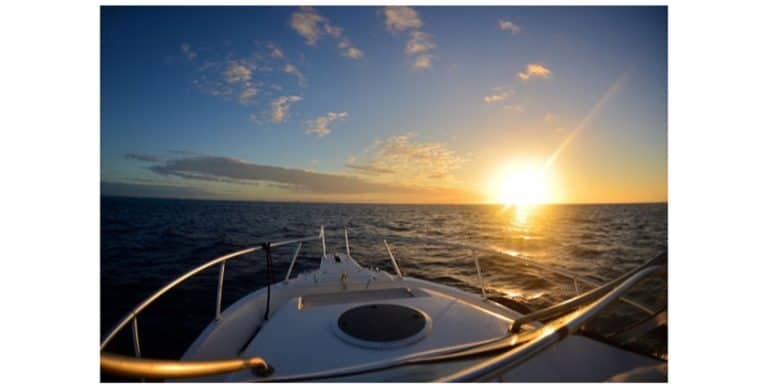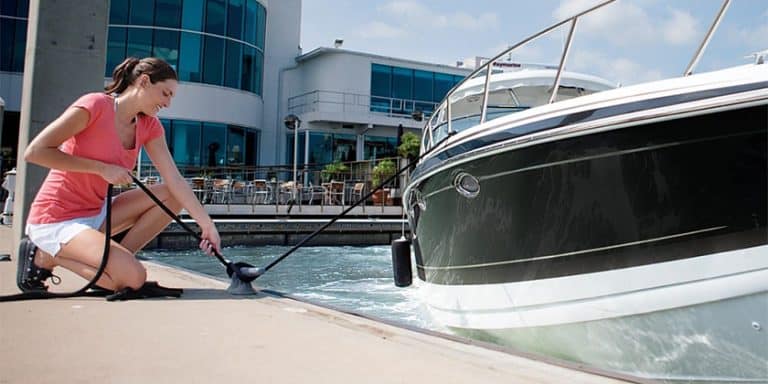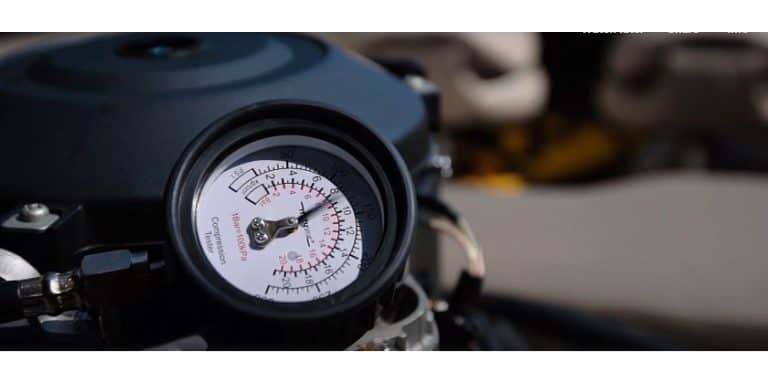Stay and shroud tension: Not just for sailing performance!

June 23, 2022
By Marc Robic
I was recently reading a number of Facebook posts from sailboat owners’ groups, wondering why their cabin doors and cupboards were no longer opening properly. Either rubbing on the door frame or getting stuck in the frame. And this, after a haul out or after launching and stepping the mast. To my horror, some well intentioned comments recommended everything from sanding down the door edges, to cutting a little off the door frame or door edges, etc., including one that recommended removing the finish trim around the door frame.
All these helpful commentators surely meant well, but these recommendations should be completely ignored, or, at the very least, not considered as a first resort. Misaligned doors and cabinetry are generally a symptom… not the problem.
First and foremost, understand that most materials used to manufacture boats, such as plastics, teak & mahogany, are all materials that not only resist the marine environment, but will also rarely shrink or swell. So before sanding or cutting anything off, consider the following first.
All boat builders engineer boats to work properly by design, including material selection and “real world” anticipated utilization of the boat. Meaning, the boats are designed to work, doors and all, while under all conditions (under sail, under power and on the cradle or trailer).
Of course, despite engineering, all bets are off if the boat is not properly tuned (rigging) or set on the cradle or trailer properly.
Tuning affects everything
Tuning refers to setting the proper tension for each shroud and stay according to either the manufacturer’s specifications or the shroud/stay diameter. Although there is a certain tolerance range, a mistuned rig can not only risk a catastrophic failure at the worst possible time, but can also torque (or twist) the boat itself to such extent as causing misalignment of cabinets and doors.
A shroud tensioner gauge is a great tool to have on hand when re-stepping and tuning up the mast in spring. The good news is that many fellow sailors or club members have a gauge you can borrow! Or buy your own. It’s a good investment. I know some sailors who got together to share the cost of buying one. Some sailing or yacht clubs have one or more on hand for members to use.
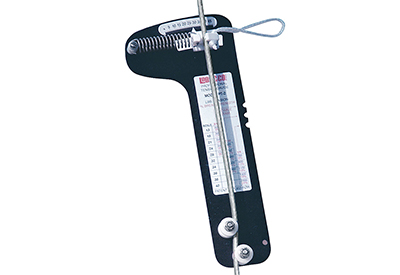
Even if you keep your mast stepped all year, checking and adjusting the tension at least once a year should be on your maintenance “to do” list.
Keeping the mast up all year? If your boat gets hauled out for winter, you need to take the tension out of all shrouds and stays. As the cold sets in, these stainless-steel cables will contract. If kept under tension during cold winter months, and depending on contraction rate, the shrouds and stays can not only stretch but can also break. The chainplates can also be damaged, causing a risk of rig collapse. I have seen this happen at my own yacht club, where the shrouds shrunk and snapped, pulling out one of the chainplates and giving way for the mast to collapse onto three other nearby boats. Not a pretty or fun experience to deal with. If your boat stays in the water all winter, covered up, like many on the west coast, the tensions should be removed as well.
Tension should also be taken out of lifelines for the same reason. They can damage the bow or stern rails or bend the stanchions inward.
There is a scale for each diameter with its breaking strength. For example, a 3/16” diameter shroud has a 4,700 lbs breaking strength. From the scale, the shroud should be set to 500 lbs tension or roughly 11% of the breaking strength. The forestay would normally be more, around 750 lbs of tension.

There is also a proper sequence when tensioning shrouds and stays. This sequence ensures the mast is straight and centered, even if a bend (toward aft) is set for performance and sail cut.
Once the mast is stepped, the fore and aft stays should be attached and hand tightened only. If a furler is involved, only the rear stay should need to be tightened. Next, the upper most outer shrouds are hand tightened and set to make sure the mast top is in the middle (centered) of the boat using the halyard to measure the distance from the mast to a spot on the deck that is equal on both sides. A stanchion base is a good spot, but not the top of the stanchion as one may be bent. Once satisfied the mast is centered, use the tension gauge and adjust to the proper tension making sure to only make half turn turnbuckle adjustments at a time on each side of the boat. This will keep the top of the mast centered.
The inner shrouds would be next. Again, adjusting half turns at a time on each side to keep the middle of the mast centered.
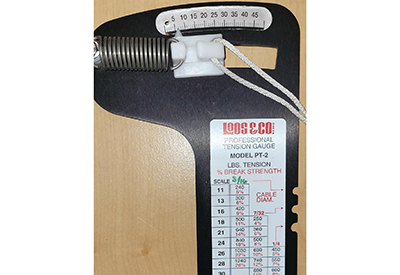 The forward and aft shrouds would be next, if so equipped. To ensure a proper upper mast bend, the forward shroud tension should be more than the aft shroud. Using the 3/16th shroud diameter example, the forward shrouds should be set to the next gauge setting down, around 460 lbs (17 on the sliding marker) and the aft shroud between 380-400 lbs (about 15 on the sliding marker). With the boat now properly tuned, not only will she sail better, but most likely, all your doors and cabinets will open and close much better.
The forward and aft shrouds would be next, if so equipped. To ensure a proper upper mast bend, the forward shroud tension should be more than the aft shroud. Using the 3/16th shroud diameter example, the forward shrouds should be set to the next gauge setting down, around 460 lbs (17 on the sliding marker) and the aft shroud between 380-400 lbs (about 15 on the sliding marker). With the boat now properly tuned, not only will she sail better, but most likely, all your doors and cabinets will open and close much better.
IMPORTANT: Please keep in mind that the aforementioned process, tensions, values, etc, are solely based on the writer’s own experience and knowledge, and therefore the writer and publisher can not assume any responsibility if these are applied without proper research. As each boat is different, as well as sailing conditions and environment, the responsibility falls solely on each boat owner to consult and research on what the proper tensions and set-up is specific to their boat and apply those. A notable source of information is Facebook, where there are many groups by make and model.
Next time – cradle tips – yikes, another way to mess up your doors opening!
 INFORMATION about the writer: Marc is a member of the Canadian Power & Sail Squadron. He and his wife sail their Catalina 270, Aquaholic 3, out of the Ile-Perrot Yacht Club in Montreal, where Marc spent 16 years as Harbour Master. They are regular Caribbean bareboat yacht charterers. With over 40-years experience, Marc is also an avid onboard do-it-yourselfer.
INFORMATION about the writer: Marc is a member of the Canadian Power & Sail Squadron. He and his wife sail their Catalina 270, Aquaholic 3, out of the Ile-Perrot Yacht Club in Montreal, where Marc spent 16 years as Harbour Master. They are regular Caribbean bareboat yacht charterers. With over 40-years experience, Marc is also an avid onboard do-it-yourselfer.
Marc Robic
mrobic@aol.com

